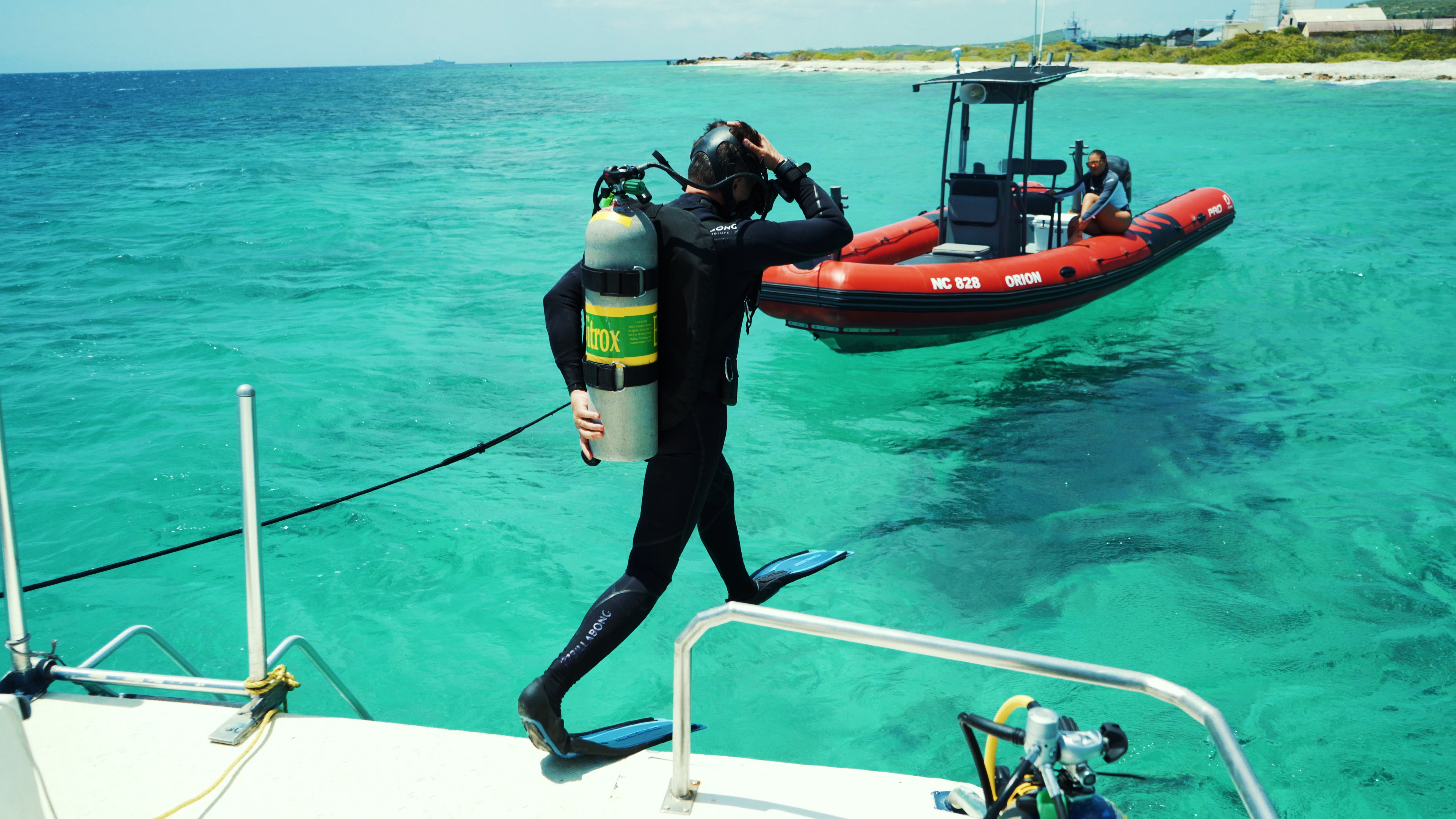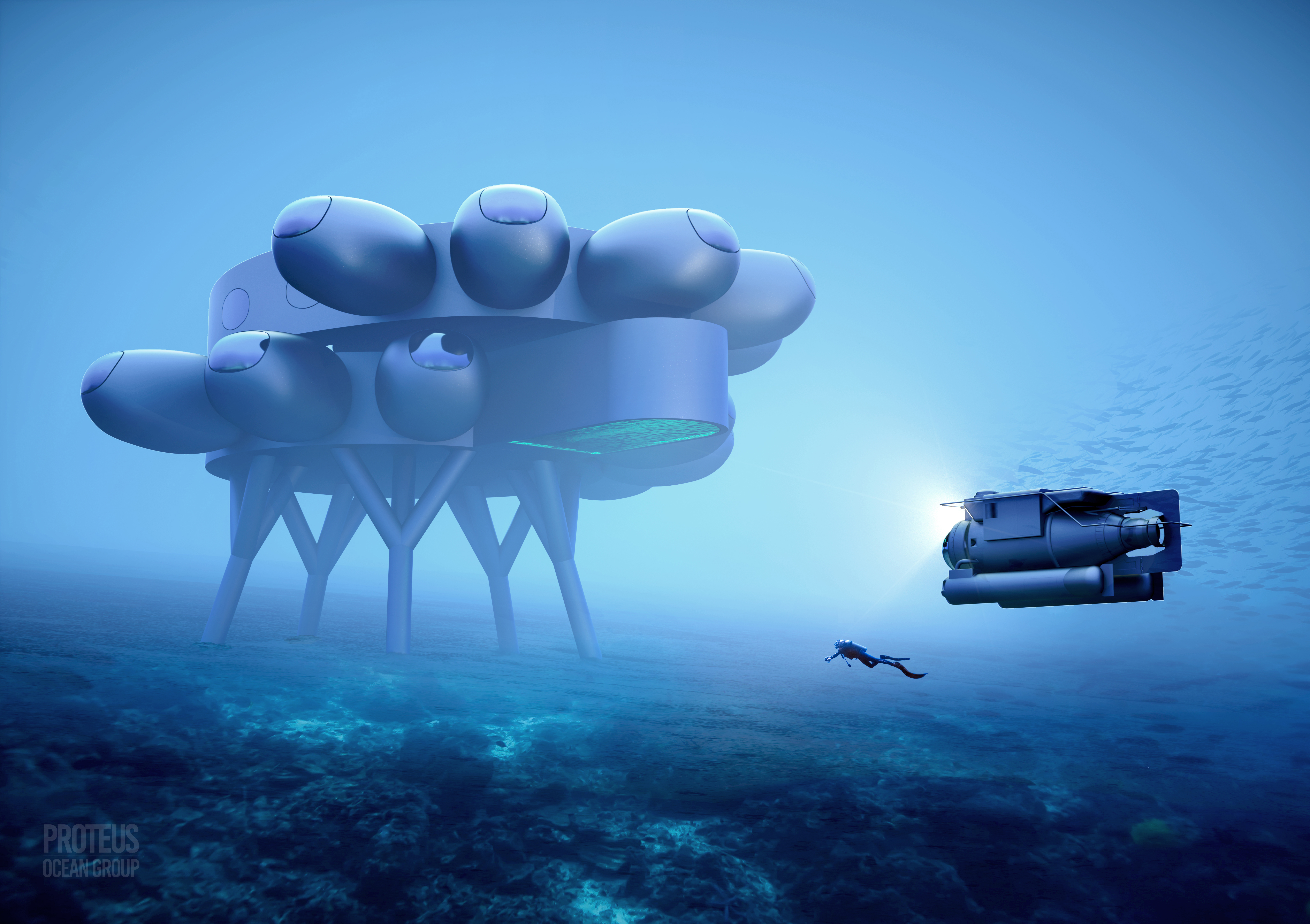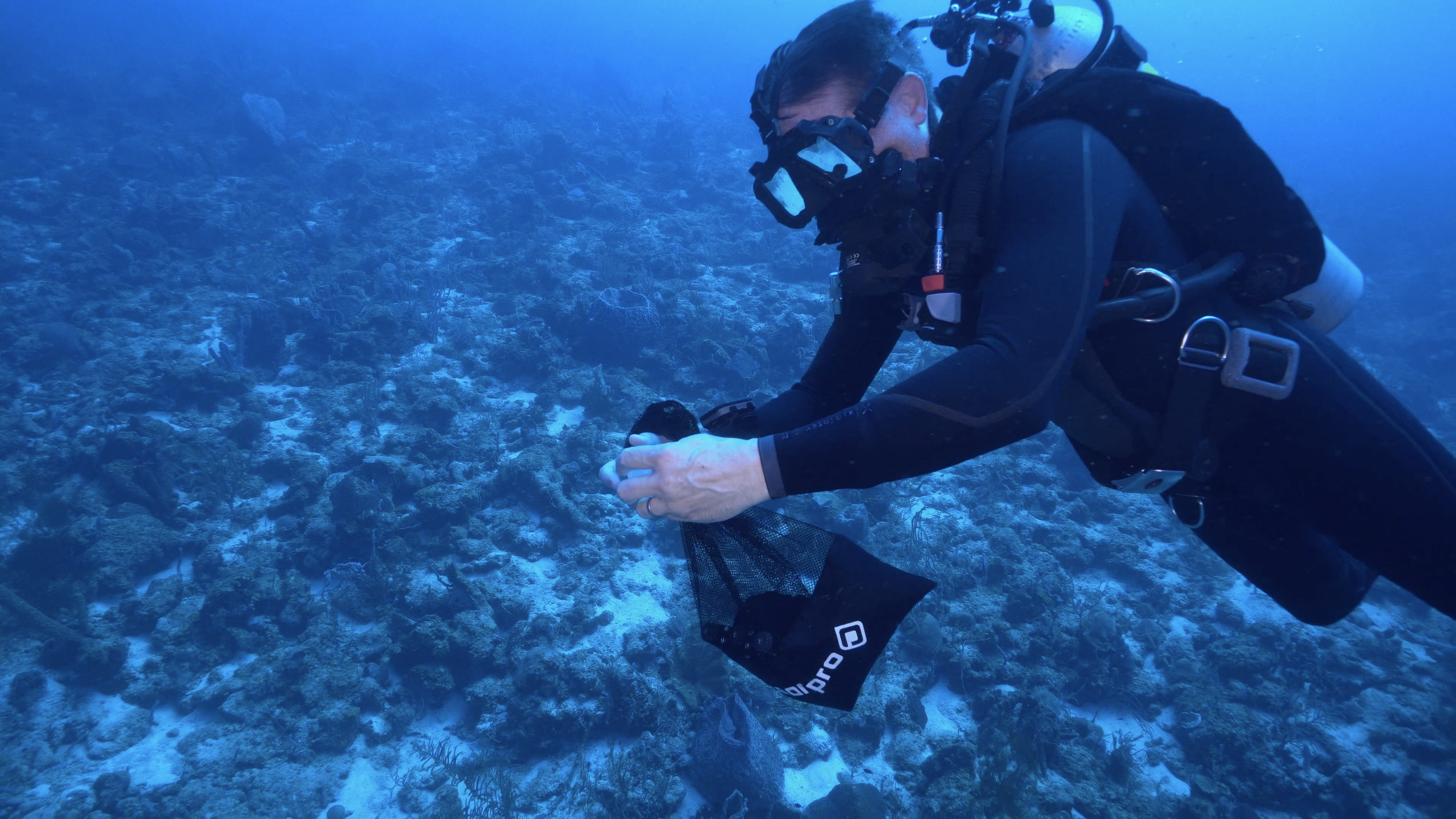There is a clear connection between space and ocean exploration, with both piquing our inherent human spirit of adventure and discovery. With our human curiosity, it is no surprise that throughout history we have looked to discover the various wonders that the world has to offer. Leveraging education, research and the promotion of unique experiences, both the space and ocean communities have been able to attract the interest of millions around the planet.
Yet, despite offering similar extreme environments and atmospheric pressures accessible to humans through technology, investments in orbital and undersea research have failed to keep pace with one another.
Examining the History of Space and Ocean Exploration
Space exploration has drawn attention from the public, venture capitalists and governments since the 1960s, in part thanks to the space race. From the late 1940s through 1961, widespread interest in space began to accelerate as the world watched the United States (US) and Russia compete for dominance over space exploration. Outerspace was quickly glamourized for audiences as they watched the Apollo moon landing on television. As a result, over the course of the next decade, space quickly became seen as the final frontier by researchers, consumers, corporations and investors alike.

Fabien Cousteau, Curacao. (Image credit: CEO Proteus Ocean Group)
Ocean exploration, on the other hand, predates humanity's fascination with the universe by more than 50 years, beginning in the US in the early 1800s. Before the 1960s, ocean exploration saw acclaim similar to that of space today. Much like the "space race," entertainment was critical to gaining interest in and support for ocean exploration. Explorers, like Jacques Cousteau, played pivotal roles in elevating the value and potential of the ocean to individuals around the world. In the case of Cousteau, his research and experiences were amplified for audiences via TV documentaries and books, ultimately inspiring a generation to take an interest in the ocean.
However, while each plays a crucial part in the expansion of our knowledge about the world and solutions to address many of the issues facing it, space exploration has maintained the vast majority of mindshare and investments to date.
Investments in Orbital and Undersea Research
It's estimated that $252.9 billion has been invested into space companies in the last ten years alone. Yet, post-space race, the National Aeronautics and Space Administration (NASA) and other organizations have leveraged ocean-based programs and facilities like Aquarius, the only undersea laboratory in the world, to fuel their research. Despite continuing to be a key element within the space industry's infrastructure, providing a controlled environment with similar extremes and atmospheric pressures for space programs to train astronauts and test-pilot missions, the ocean has seen significantly less financial backing from investors and government agencies, and less support from business and individuals.

Fabien Cousteau's PROTEUS™. (Image credit: Yves Béhar and fuseproject)
When assessing resources, exploration and discovery opportunities, the ocean is valued at $24 trillion in assets. It presents researchers with vast potential to unlock new discoveries, considering more than 80 percent of the ocean remains unexplored to date. For example, ocean thermal energy conversion (OTEC) is a sustainable and continuously available alternative to traditional energy sources for coastal cities. In addition to innovations in technology and renewable energy, ocean research can also unlock essential scientific breakthroughs in areas such as human health and wellbeing, environmental health and more.
As government leaders, businesses and individuals look to combat the most pressing topics on Earth, such as climate change and human health and wellbeing, it's essential to ask why we aren't looking to unlock discoveries within our ocean and find unique ways to return attention and investments back to our own backyard. And how space and ocean exploration can successfully support each other in humanity's quest for innovation, discovery and advancement for a greater, more sustainable Earth.
Leveraging Partnerships to Increase Attention and Investment
In the same way that public and private entities have opened the door to space exploration, there must be fiscal and educational support behind ocean exploration. This support does not necessarily require a formal investment. NASA frequently partners with companies such as SpaceX, Boeing, Blue Origin and more to drive innovation, investments and commercial interest in the space sector. Increasing the funds allocated to ocean exploration is contingent upon establishing mutually beneficial partnerships between ocean-centric enterprises or programs and non-profit organizations, corporations, academia and government entities.
Today, partnerships are integral to funding programming around science and research. Organizations want to have a meaningful impact on the stakeholders and communities in which they operate. Investment through partnership enables this by allowing companies to sponsor research into and the development of solutions to address issues that are important to their customers.

Fabien Cousteau, Curacao. (Image credit: CEO Proteus Ocean Group)
A great example of this in practice is how Proteus Ocean Group Ltd. partners with non-profit organizations such as the Fabien Cousteau Ocean Learning Center (FCLOC) and brands like VIONIC Shoes to educate future generations, engage communities and elevate topics such as sustainability and ocean conservation. While critical to moving the needle on ocean exploration, keeping an open mind about what 'partnership' looks like is also essential. Partnerships must be tailored to meet the needs of both organizations versus a cookie-cutter approach that treats every partnership the same. For example, earlier this year, the social enterprise entered into a non-traditional partnership with engineering firm DRASS Group to begin the design, construction and future installation of PROTEUS™. It marked the first time in its history that DRASS partnered with and invested in a project, with the team opting for a memorandum of understanding (MOU), versus a more standard partnership agreement.
Finally, there are significant partnership opportunities between ocean and space entities that have the potential to dramatically advance research and exploration under the sea and in orbit. Given the similarities mentioned above, from extreme environments to nearly identical atmospheric pressures, you can find parallels across both industries' research, innovation, training and engagement needs. As such, the two sectors are prime for collaboration. There are a few ways in which they can begin to work together now, including establishing joint training programs for astronauts and aquanauts, co-facilitating research and exploration projects, sharing data and insights and more. Through partnership and collaboration, we can enter a new era where space and ocean exploration are prioritized in tandem to deepen our understanding of the challenges facing, advance research into new solutions and establish a brighter future for the next generation.
This feature appeared in Environment, Coastal & Offshore (ECO) Magazine's 2022 Autumn edition, to read more access the magazine here.





